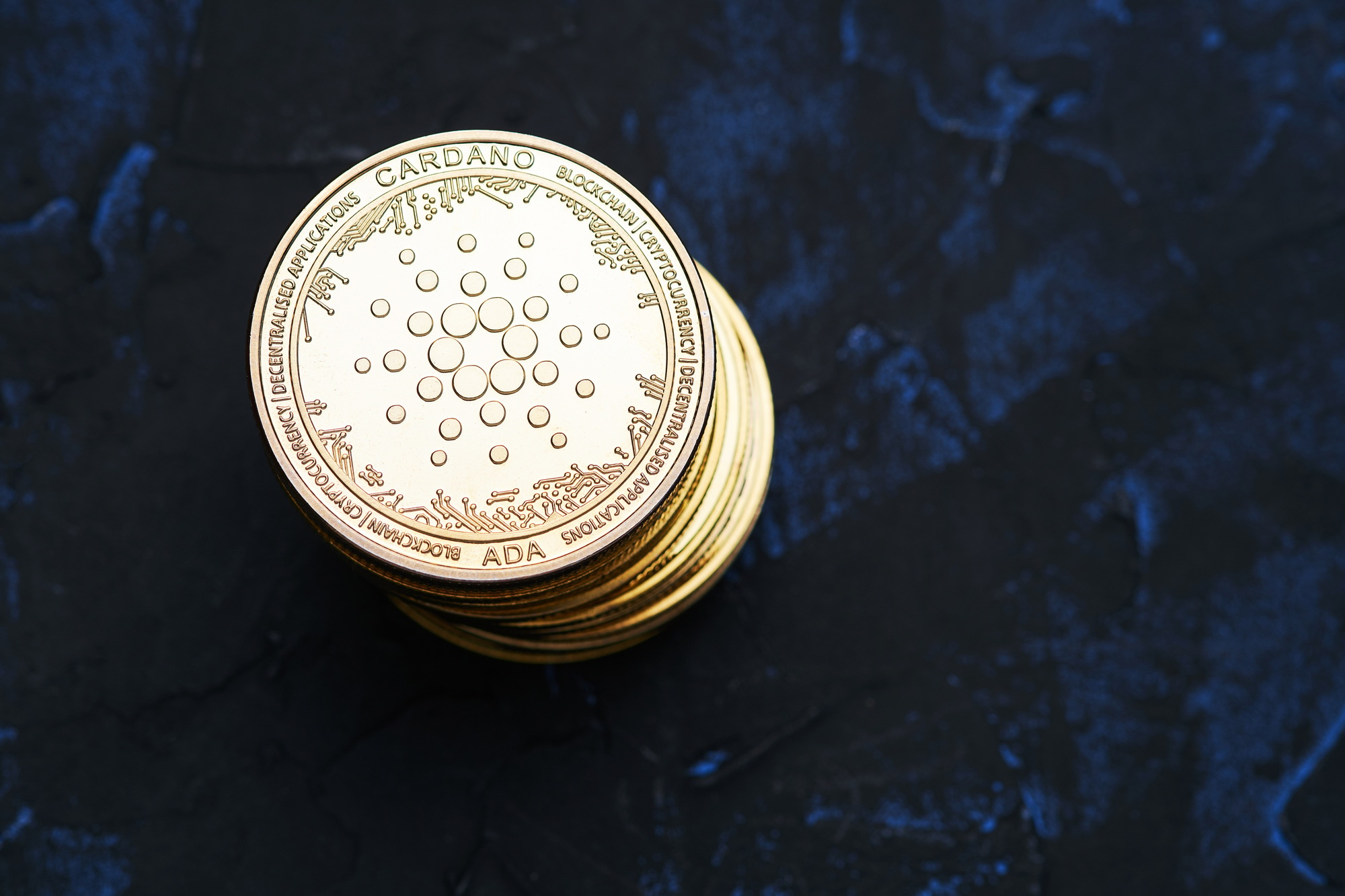A groundbreaking moment for Cardano just happened — and the market barely blinked.
On Monday, BitcoinOS successfully bridged 1 BTC from the Bitcoin network to Cardano and back, marking a significant step in interoperability between the two blockchains. This paves the way for Cardano to potentially become a leading Bitcoin-powered DeFi hub.
But despite the achievement, ADA’s price slid to around $0.65, breaking below its 21- and 50-day moving averages. ADA has now lost over 10% since its late-April high and is flirting with short-term breakdown territory under the $0.67 support zone.
So why didn’t the price explode?
Short-Term Market Forces Are Overpowering Good News
It’s not Cardano’s fault — macroeconomic fears are stealing the spotlight. Traders are watching the Federal Reserve’s rate decision on Wednesday, where a hawkish tone could spook risk assets across the board.
Combine that with ongoing trade war jitters and a volatile crypto sentiment landscape, and even monumental blockchain developments like the Bitcoin bridge test struggle to move the needle.
Dan Gambardello, a well-known crypto analyst, believes that Cardano is still one of the best-positioned altcoins for the next bull run. But his words are battling the current headwinds of inflation worries, uncertain central bank policy, and weak altcoin momentum.
Cardano’s Technical Picture Turns Bearish — But There’s a Silver Lining
The recent breakdown has damaged ADA’s short-term technical outlook. If the $0.63–$0.65 range fails to hold, a retest of the $0.55 support level is a real possibility. Traders looking to enter should brace for volatility.
But for long-term investors, the story is different.
The Bitcoin bridge isn’t just a one-off demo — it’s a milestone in Cardano’s broader strategy to become a Bitcoin-friendly DeFi platform, unlocking BTC liquidity across decentralized applications. Combined with ongoing initiatives like the Midnight protocol for privacy and projects in Africa and Southeast Asia, Cardano’s fundamentals remain robust.
“Cardano’s architecture is slower, more methodical, and deeply researched. That’s what will win in the long run,” said one ecosystem developer.
Even with near-term pain, analysts speculate a potential ADA price of $10 by 2029, especially if global regulation continues to favor crypto adoption and Trump’s administration keeps up its crypto-positive rhetoric.
Should You Accumulate ADA on This Dip?
Possibly — if you’re a long-term investor.
Cardano’s Ouroboros proof-of-stake consensus, combined with its focus on security, sustainability, and academic rigor, gives it a different flavor compared to flashier projects like Solana or meme-fueled narratives.
And with a market cap still trailing rivals, any future altcoin season could deliver asymmetric upside for ADA holders.
For now, patience is key. Macro noise will likely continue suppressing price action. But behind the scenes, Cardano continues building — and connecting — the future of decentralized finance.







